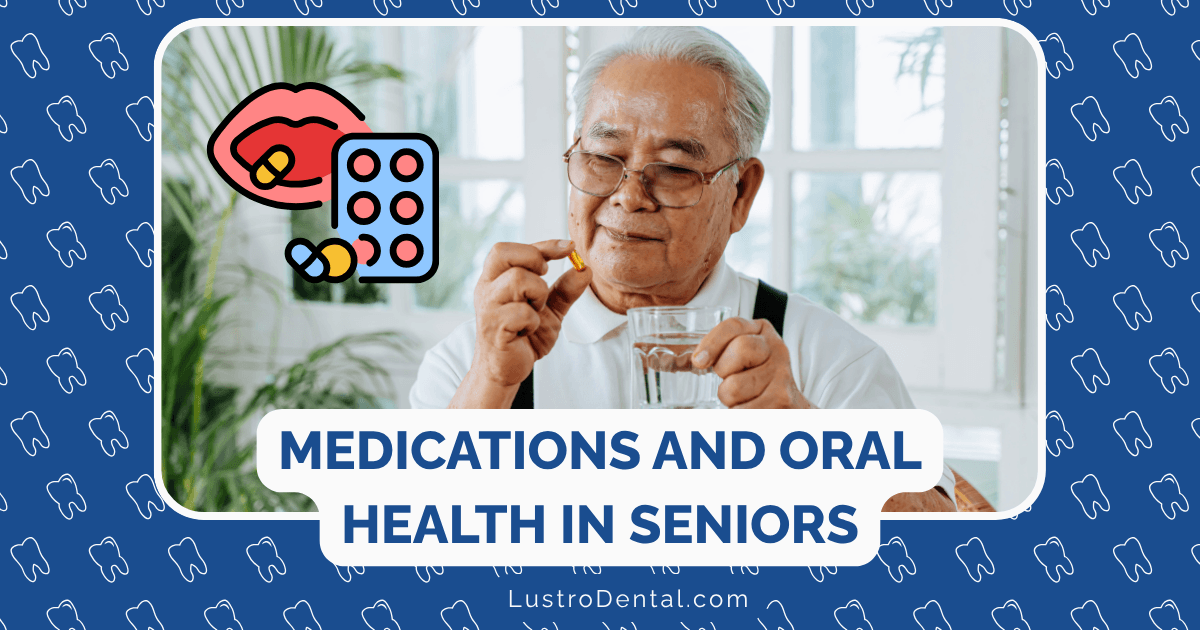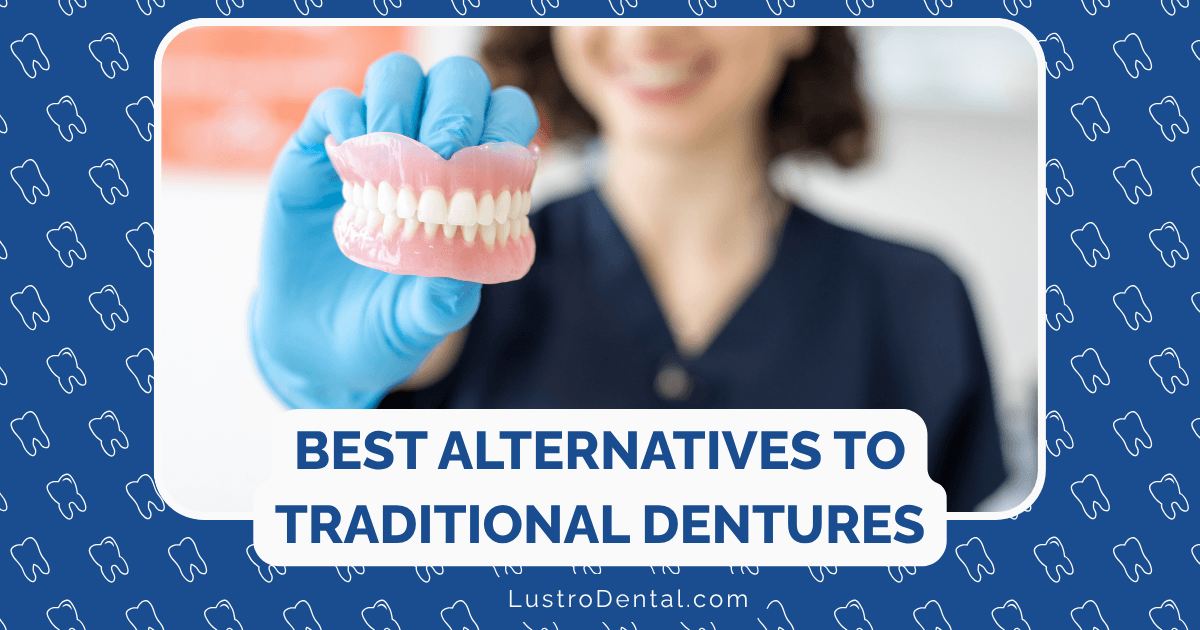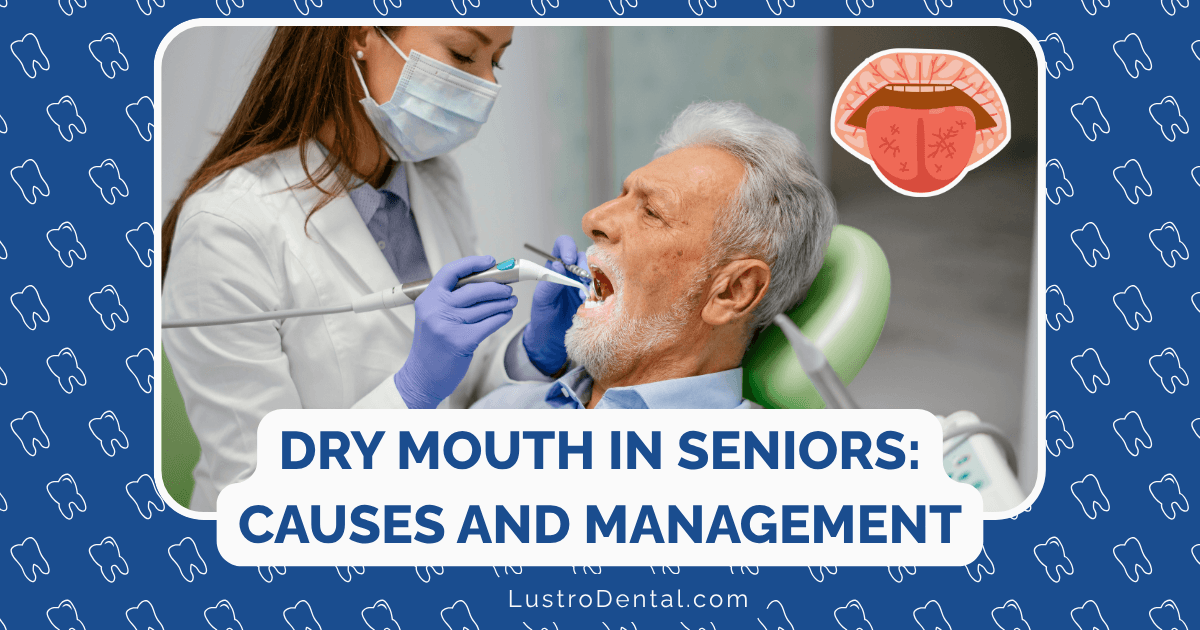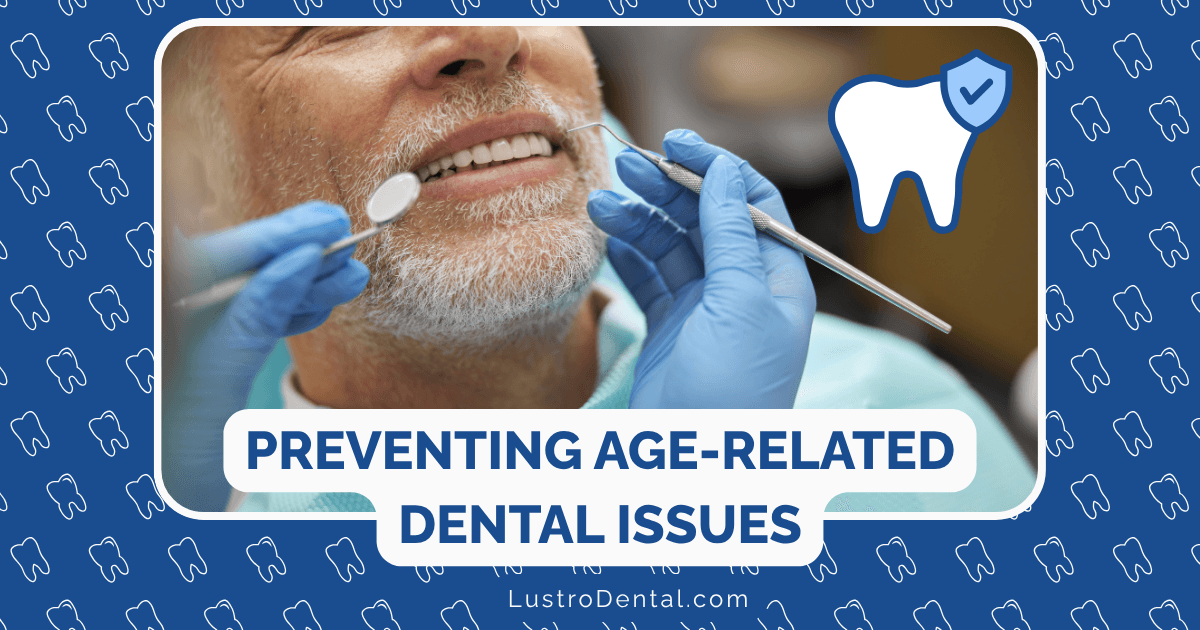Managing Pregnancy Gingivitis and Gum Changes: What Every Expectant Mother Should Know
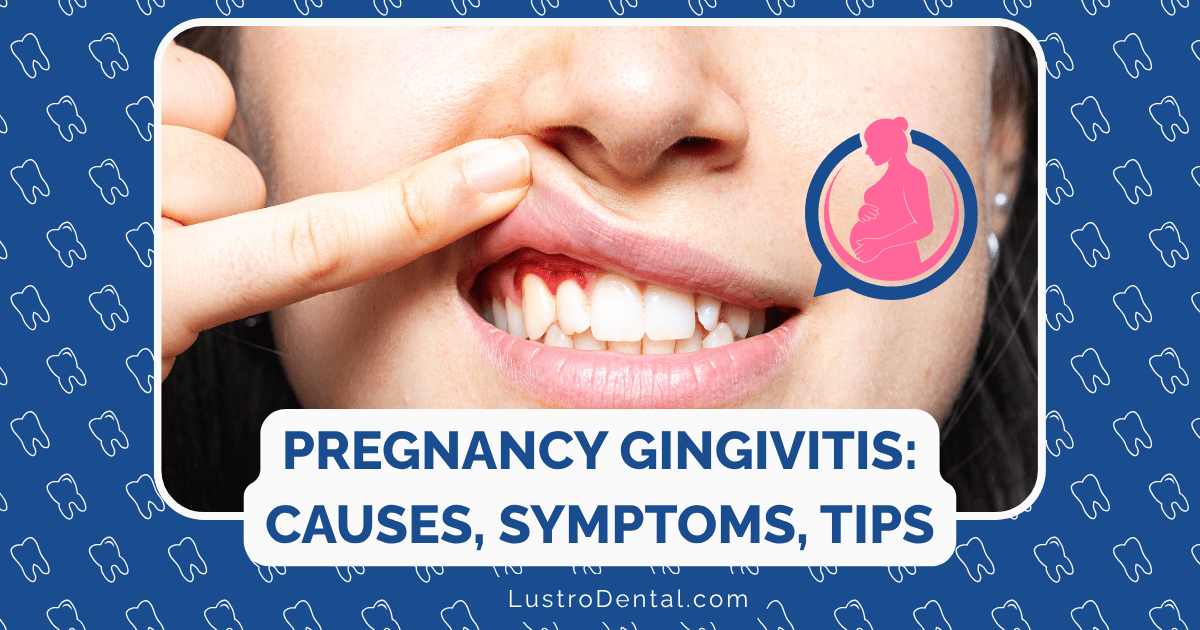
When I first noticed my gums bleeding during pregnancy, I panicked. Was something seriously wrong? As it turns out, I was experiencing one of the most common—yet least discussed—pregnancy symptoms: pregnancy gingivitis.
If you’ve noticed your gums looking redder, feeling tenderer, or bleeding more easily since becoming pregnant, you’re not alone. According to the Centers for Disease Control and Prevention, a staggering 60-75% of expectant mothers develop some form of pregnancy gingivitis. Yet despite its prevalence, many women receive little to no guidance on managing these changes.
Let’s change that today.
What Exactly Is Pregnancy Gingivitis?
Pregnancy gingivitis is inflammation of the gums that occurs specifically during pregnancy. While similar to regular gingivitis, the pregnancy version has a unique trigger: your hormones.
“During my second trimester, my gums would bleed every time I brushed,” shares Eliza, a mother of two from Portland. “My dentist explained that it wasn’t because I was doing anything wrong—it was my pregnancy hormones making my gums more sensitive to the bacteria in plaque.”
Eliza’s dentist was spot-on. During pregnancy, elevated levels of estrogen and progesterone increase blood flow to the gums, making them more sensitive to irritants like plaque. These hormonal changes also disrupt the normal bacterial balance in your mouth, allowing certain bacteria to flourish.
Recognizing the Signs: Is It Pregnancy Gingivitis?
Pregnancy gingivitis typically develops between the second and eighth month of pregnancy, with symptoms peaking during the third trimester. Here’s what to watch for:
- Bleeding gums when brushing or flossing
- Redness or a deeper red color to your gums
- Swollen, puffy gums that may look shiny
- Tenderness or soreness when touched
- Persistent bad breath that doesn’t improve with brushing
- Receding gums in more advanced cases
According to the Cleveland Clinic, these symptoms often improve after delivery as hormone levels return to normal. However, that doesn’t mean you should simply endure them for nine months.
Why Treating Pregnancy Gingivitis Matters
You might be wondering: if pregnancy gingivitis typically resolves after delivery, why worry about treating it?
The answer lies in what can happen if it progresses unchecked.
Untreated gingivitis can develop into periodontitis, a more serious form of gum disease that damages the tissues and bones supporting your teeth. Research published by the American College of Obstetricians and Gynecologists has shown associations between periodontal disease and concerning pregnancy outcomes, including:
- Preterm birth
- Low birth weight
- Preeclampsia
- Gestational diabetes
While the exact nature of these connections is still being studied, the message is clear: your oral health during pregnancy deserves attention.
Your Action Plan: Managing Pregnancy Gingivitis
The good news? Pregnancy gingivitis is both preventable and manageable with the right approach. Here’s your comprehensive action plan:
1. Perfect Your Oral Hygiene Routine
The foundation of gingivitis prevention is a solid oral hygiene routine:
- Brush thoroughly twice daily using a soft-bristled toothbrush and fluoride toothpaste. Consider switching to an electric toothbrush, which can be more effective at removing plaque.
- Floss daily to remove plaque from between teeth where your brush can’t reach.
- Consider an antimicrobial mouthwash specifically designed for gum health. Look for alcohol-free varieties, which are gentler on sensitive gums.
“I found that setting a timer for two minutes while brushing helped ensure I was giving my teeth the attention they needed,” says Morgan, who managed pregnancy gingivitis through two pregnancies. “And switching to a water flosser made a huge difference when my gums were at their most sensitive.”
2. Don’t Skip Dental Visits
Many women avoid dental appointments during pregnancy due to safety concerns. However, the American Dental Association emphasizes that preventive dental care is not only safe during pregnancy but highly recommended.
- Schedule a dental cleaning early in your pregnancy
- Inform your dentist about your pregnancy
- Consider more frequent cleanings during pregnancy (every 3-4 months instead of every 6)
- Don’t postpone treatment for dental problems—untreated infections pose greater risks than treatment
Dental X-rays, when necessary, are safe during pregnancy when abdominal and thyroid shields are used.
3. Leverage Natural Remedies
Several natural approaches can complement your regular oral care routine:
- Saltwater rinses: Mix one teaspoon of sea salt with a cup of warm water and rinse gently. This can reduce inflammation and help heal irritated gums. This is particularly helpful after morning sickness episodes.
- Vitamin C-rich foods: Vitamin C supports gum health and helps fight infection. Incorporate plenty of citrus fruits, strawberries, kiwi, and bell peppers into your diet.
- Vitamin D: This nutrient helps reduce gum inflammation. A 2016 study in the Journal of Periodontal Research found that pregnant women with higher vitamin D levels had less gum inflammation.
- Aloe vera gel: Applied directly to the gums, pure aloe vera gel can soothe inflammation. Ensure you’re using food-grade aloe without added ingredients.
4. Make Strategic Dietary Choices
What you eat significantly impacts your oral health:
- Limit sugary foods and drinks, which feed the bacteria that cause plaque
- Choose crunchy fruits and vegetables like apples, carrots, and celery, which naturally clean teeth as you chew
- Incorporate calcium-rich foods like yogurt, cheese, and leafy greens to strengthen teeth
- Stay hydrated to maintain adequate saliva production, which helps neutralize acids and wash away food particles
5. Address Morning Sickness Properly
If you’re experiencing morning sickness, the acid from vomiting can erode tooth enamel and worsen gum irritation:
- Don’t brush immediately after vomiting, as this can damage enamel softened by stomach acid
- Rinse with water or a solution of baking soda and water (1 teaspoon of baking soda in a cup of water) to neutralize acid
- Wait 30 minutes before brushing after vomiting episodes
- Consider antacid tablets (approved by your obstetrician) to reduce acid damage
When to Seek Additional Help
While mild pregnancy gingivitis can often be managed with the strategies above, certain signs warrant a prompt dental visit:
- Severe bleeding that doesn’t improve with better oral hygiene
- Extremely swollen, painful gums
- Loose teeth
- Pus between teeth and gums
- Persistent bad breath despite good oral hygiene
- Painful bumps on the gums (pregnancy tumors)
These symptoms may indicate that your gingivitis has progressed to periodontitis or that you’ve developed a pregnancy tumor (a benign growth on the gums that sometimes occurs during pregnancy).
Beyond Pregnancy: Long-term Oral Health
The oral hygiene habits you develop during pregnancy benefit both you and your baby long after delivery. Research from the International Centre for Oral Health Inequalities Research & Policy shows that mothers with good oral health are less likely to transmit cavity-causing bacteria to their infants.
Additionally, the habits you model—like regular brushing, flossing, and dental visits—set the foundation for your child’s lifelong approach to oral health.
The Bottom Line
Pregnancy brings countless changes to your body, and your gums are no exception. By understanding the causes of pregnancy gingivitis and taking proactive steps to manage it, you’re not just protecting your smile—you’re supporting your overall health and potentially your baby’s health too.
Remember that pregnancy gingivitis, while common, isn’t inevitable. With diligent care and the strategies outlined above, many women navigate pregnancy with minimal gum issues.
Have you experienced pregnancy gingivitis? What strategies worked best for you? Share your experiences in the comments below to help other expectant mothers on their journey to optimal oral health.



